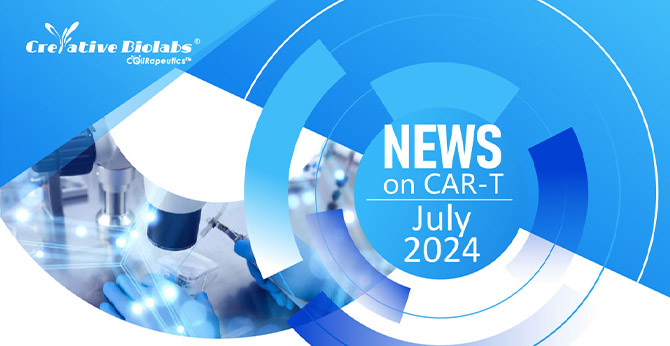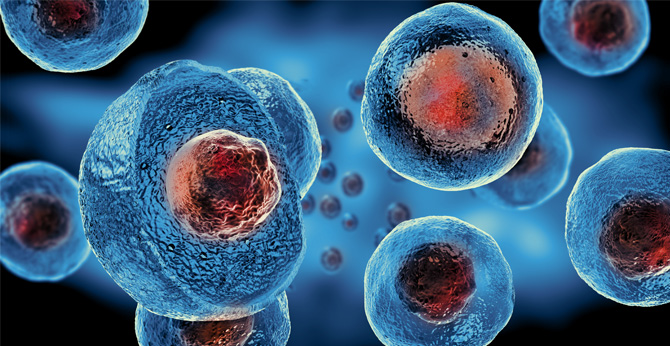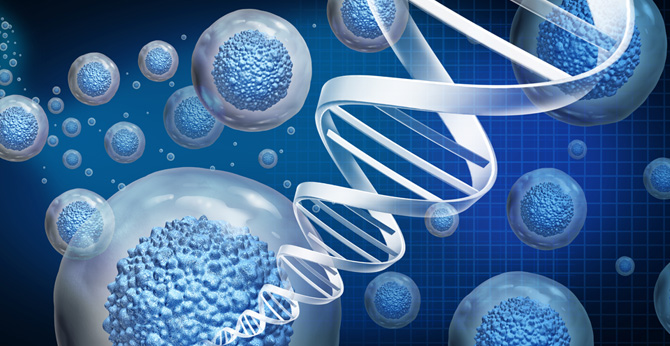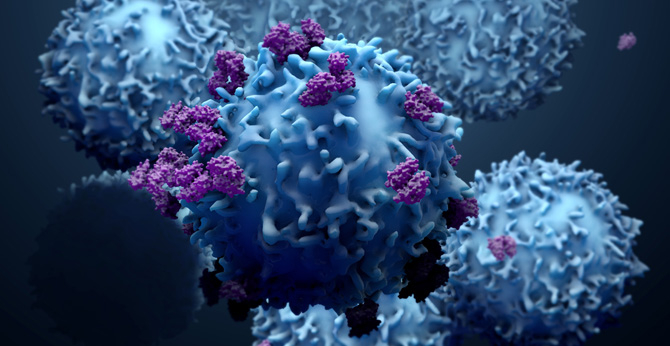All products and services are For Research Use Only and CANNOT be used in the treatment or diagnosis of disease.
This gene is a member of the MAGEA gene family. The members of this family encode proteins with 50 to 80% sequence identity to each other. The promoters and first exons of the MAGEA genes show considerable variability, suggesting that the existence of this gene family enables the same function to be expressed under different transcriptional controls. The MAGEA genes are clustered at chromosomal location Xq28. They have been implicated in some hereditary disorders, such as dyskeratosis congenita.
 Loading...
Loading...
| CAT | Product Name | Target Species | Antibody Clone | Antibody Host | Receptor Construction | Vector Type | Targeting Cell Type | CAR Vector Type | Inquiry & Datasheet |
| XS-0822-YF633 | Anti-Human MAGE-A3 (XW-633) h(41BB-CD3ζ) CAR IVT Plasmid, pCARIVT | Human | XW-633 | Mouse | scFv-41BB-CD3ζ | In Vitro Transcription (IVT) Vector | |||
| XS-0822-YF634 | Anti-Human MAGE-A3 (XW-634) h(41BB-CD3ζ) CAR IVT Plasmid, pCARIVT | Human | XW-634 | Human | scFv-41BB-CD3ζ | In Vitro Transcription (IVT) Vector | |||
| XS-1122-YF633 | Anti-MAGE-A3 KIR CAR (scFv-KIR2DS2-DAP12, XW-633), pCDCAR1 | Human | XW-633 | Mouse | scFv-KIR2DS2 TM&ICD-2A-DAP12 | Lentiviral vector | T Cell | ||
| XS-1122-YF634 | Anti-MAGE-A3 KIR CAR (scFv-KIR2DS2-DAP12, XW-634), pCDCAR1 | Human | XW-634 | Human | scFv-KIR2DS2 TM&ICD-2A-DAP12 | Lentiviral vector | T Cell | ||
| XS-1122-YF1553 | Anti-MAGE-A3 TCR-ABR (scFv-TCRα, XW-633) CAR Plasmid, pCDCAR1 | Human | XW-633 | Mouse | scFv-TCRα | Lentiviral vector | T Cell | ||
| XS-1122-YF1554 | Anti-MAGE-A3 TCR-ABR (scFv-TCRα, XW-634) CAR Plasmid, pCDCAR1 | Human | XW-634 | Human | scFv-TCRα | Lentiviral vector | T Cell | ||
| XS-1122-YF2473 | Anti-MAGE-A3 TCR-ABR (scFv-TCRβ, XW-633) CAR Plasmid, pCDCAR1 | Human | XW-633 | Mouse | scFv-TCRβ | Lentiviral vector | T Cell | ||
| XS-1122-YF2474 | Anti-MAGE-A3 TCR-ABR (scFv-TCRβ, XW-634) CAR Plasmid, pCDCAR1 | Human | XW-634 | Human | scFv-TCRβ | Lentiviral vector | T Cell | ||
| XS-1122-YF3393 | Anti-MAGE-A3 TCR-ABR (scFv-CD3γ, XW-633) CAR Plasmid, pCDCAR1 | Human | XW-633 | Mouse | scFv-CD3γ | Lentiviral vector | T Cell | ||
| XS-1122-YF3394 | Anti-MAGE-A3 TCR-ABR (scFv-CD3γ, XW-634) CAR Plasmid, pCDCAR1 | Human | XW-634 | Human | scFv-CD3γ | Lentiviral vector | T Cell | ||
| XS-1122-YF4313 | Anti-MAGE-A3 TCR-ABR (scFv-CD3δ, XW-633) CAR Plasmid, pCDCAR1 | Human | XW-633 | Mouse | scFv-CD3δ | Lentiviral vector | T Cell | ||
| XS-1122-YF4314 | Anti-MAGE-A3 TCR-ABR (scFv-CD3δ, XW-634) CAR Plasmid, pCDCAR1 | Human | XW-634 | Human | scFv-CD3δ | Lentiviral vector | T Cell | ||
| XS-1122-YF5233 | Anti-MAGE-A3 TCR-ABR (scFv-CD3ε, XW-633) CAR Plasmid, pCDCAR1 | Human | XW-633 | Mouse | scFv-CD3ε | Lentiviral vector | T Cell | ||
| XS-1122-YF5234 | Anti-MAGE-A3 TCR-ABR (scFv-CD3ε, XW-634) CAR Plasmid, pCDCAR1 | Human | XW-634 | Human | scFv-CD3ε | Lentiviral vector | T Cell | ||
| XS-1122-YF6153 | Anti-MAGE-A3 (XW-633) h(CD28-CD3ζ) CAR, pAAV | Human | XW-633 | Mouse | scFv-CD28-CD3ζ | Adeno-associated viral (AAV) vector | T Cell | ||
| XS-1122-YF6154 | Anti-MAGE-A3 (XW-634) h(CD28-CD3ζ) CAR, pAAV | Human | XW-634 | Human | scFv-CD28-CD3ζ | Adeno-associated viral (AAV) vector | T Cell | ||
| XS-1122-YF7073 | Anti-MAGE-A3 (XW-633) h(41BB-CD3ζ) CAR, pAAV | Human | XW-633 | Mouse | scFv-41BB-CD3ζ | Adeno-associated viral (AAV) vector | T Cell | ||
| XS-1122-YF7074 | Anti-MAGE-A3 (XW-634) h(41BB-CD3ζ) CAR, pAAV | Human | XW-634 | Human | scFv-41BB-CD3ζ | Adeno-associated viral (AAV) vector | T Cell | ||
| XS-1122-YF7993 | Anti-MAGE-A3 (XW-633) h(CD28-41BB-CD3ζ) CAR, pAAV | Human | XW-633 | Mouse | scFv-CD28-41BB-CD3ζ | Adeno-associated viral (AAV) vector | T Cell | ||
| XS-1122-YF7994 | Anti-MAGE-A3 (XW-634) h(CD28-41BB-CD3ζ) CAR, pAAV | Human | XW-634 | Human | scFv-CD28-41BB-CD3ζ | Adeno-associated viral (AAV) vector | T Cell |
 NEWSLETTER
NEWSLETTER
The latest newsletter to introduce the latest breaking information, our site updates, field and other scientific news, important events, and insights from industry leaders
LEARN MORE NEWSLETTER NEW SOLUTION
NEW SOLUTION
CellRapeutics™ In Vivo Cell Engineering: One-stop in vivo T/B/NK cell and macrophage engineering services covering vectors construction to function verification.
LEARN MORE SOLUTION NOVEL TECHNOLOGY
NOVEL TECHNOLOGY
Silence™ CAR-T Cell: A novel platform to enhance CAR-T cell immunotherapy by combining RNAi technology to suppress genes that may impede CAR functionality.
LEARN MORE NOVEL TECHNOLOGY NEW SOLUTION
NEW SOLUTION
Canine CAR-T Therapy Development: From early target discovery, CAR design and construction, cell culture, and transfection, to in vitro and in vivo function validation.
LEARN MORE SOLUTION

